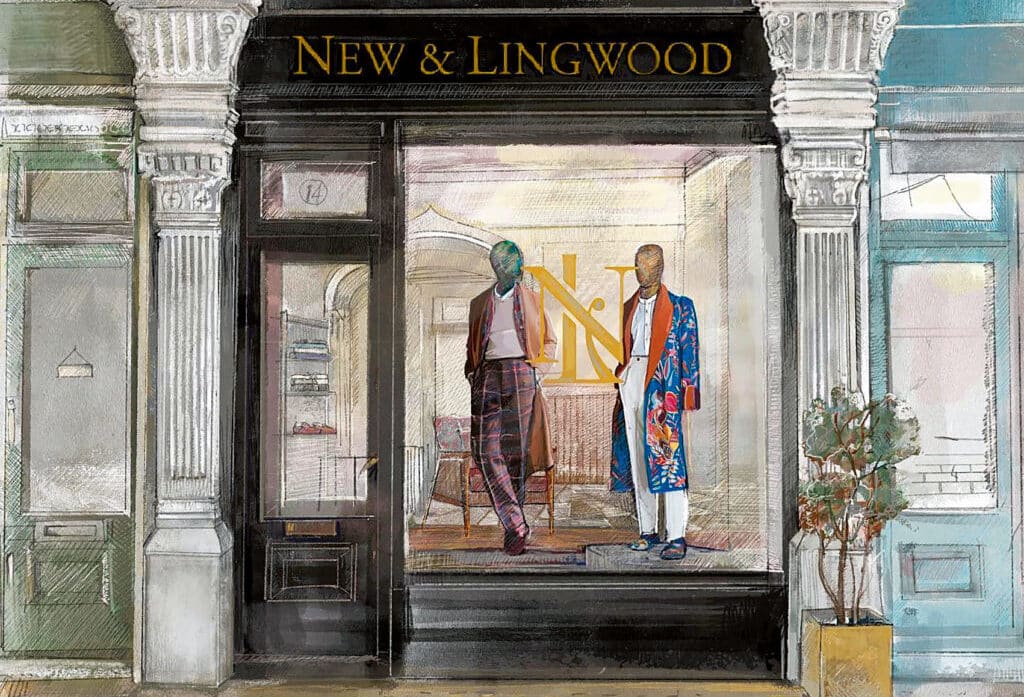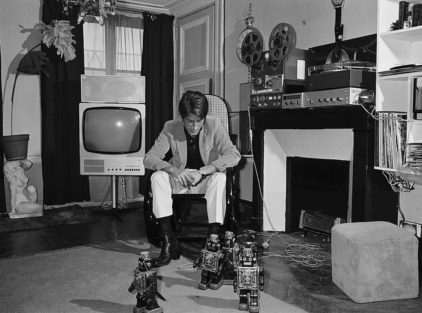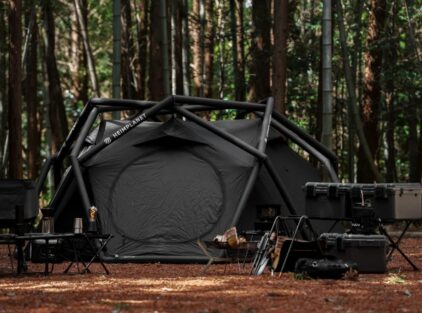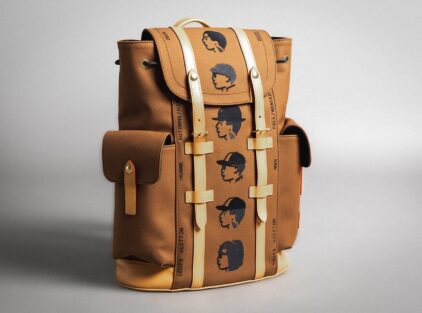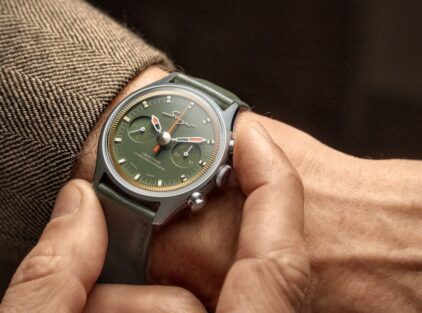By Christos Zampounis
The story of an iconic garment that started out as a woman’s garment, but ended up being a rare example of male elegance.
General Charles de Gaulle holds out his hands while his tailor takes his measurements to make him one of the famous cross-body suits that looked so good on him. Of noble birth, he wears a robe de chambre as his ancestors did and as his children were taught to do. The scene takes place in the Boisserie, the family mansion of the President of France, and is drawn from a Juncker – Boucq comic book album about events in Algeria.
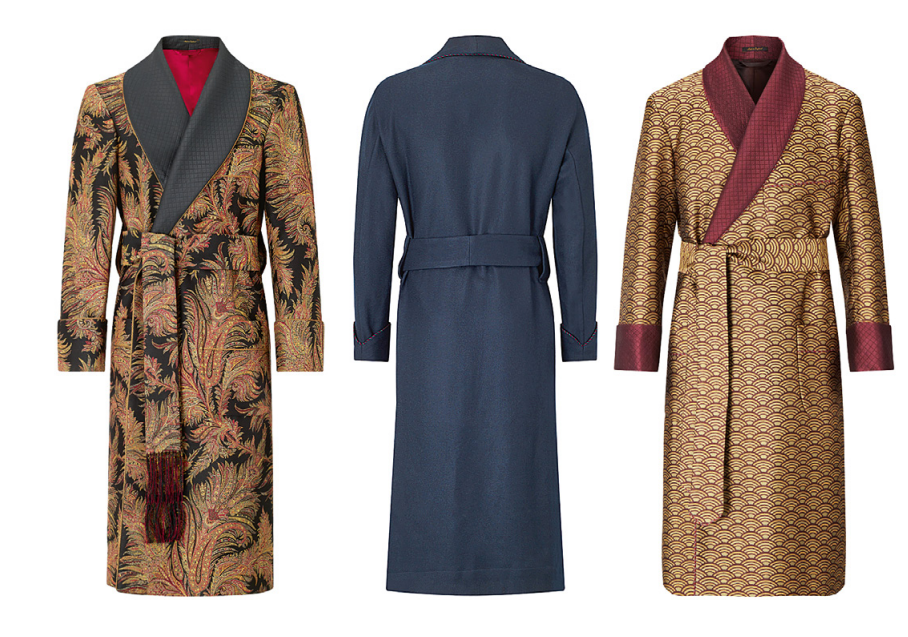
At that time, in 1958, manners, or fashion if you like, dictated that for the interior of the house alone, men should wear a robe de chambre, as adopted untranslated in Greek. Similar scenes to the above can be admired in the good old cinema. In the film, for example, “The Hunchback Who Became a Lamb,” Lambros Constantaras, in the role of a senior officer of the Merchant Navy, opens the door of his house to welcome the “widowed widow” who has come to take care of him, dressed similarly to the French general. Mimi Fotopoulos’s line ‘and then you will sit down’, when he would come in robe de chambre to the servants and explain to them their daily tasks, is also legendary.
According to historians, it was in the 18th century that women first began to cover their nightgowns with a long jacket when they rose from their hangings to avoid catching cold. The men did the same, spearheaded by the dandies, who worked with silk and velvet, lined with satin fabric at the base. The caftans of the East seem to have been the original inspiration for men’s robes, which were the privilege of the wealthy because of their high price.
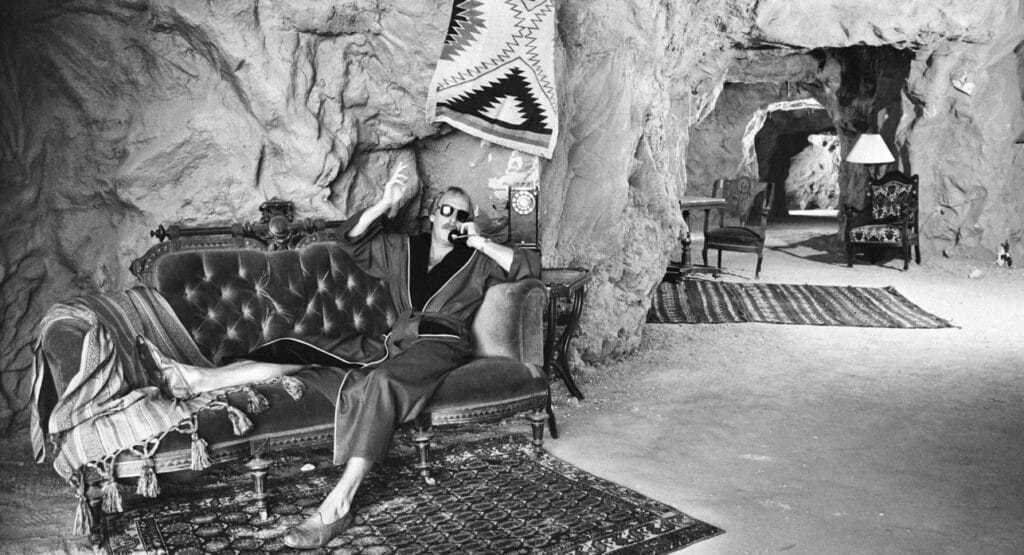
Until they reached their present form, a below-the-knee redigota, robes de chambre, usually cross-belted, went through “many waves”, always maintaining an inviolable rule. To be worn over pyjamas or the nightdress, preventing in plain sight, the flesh.
There is a theory that the decline of the robes de chambre dates back to the time when central heating was discovered, so that such a warm garment was not needed to protect against the cold. Another big bang came with the onslaught of jeans, t-shirts, jackets and sportswear, which extended the sur mesure elegance, although the aforementioned items were never mass-produced. At the Charvet, for example, on the Place Vendôme in Paris, one can observe contemporary devotees of male elegance choosing the fabrics and patterns of their robes de chambre with due care, a ritual that links them to the tradition of the gentlemen of the cloth.
Photo credit: Getty Images
